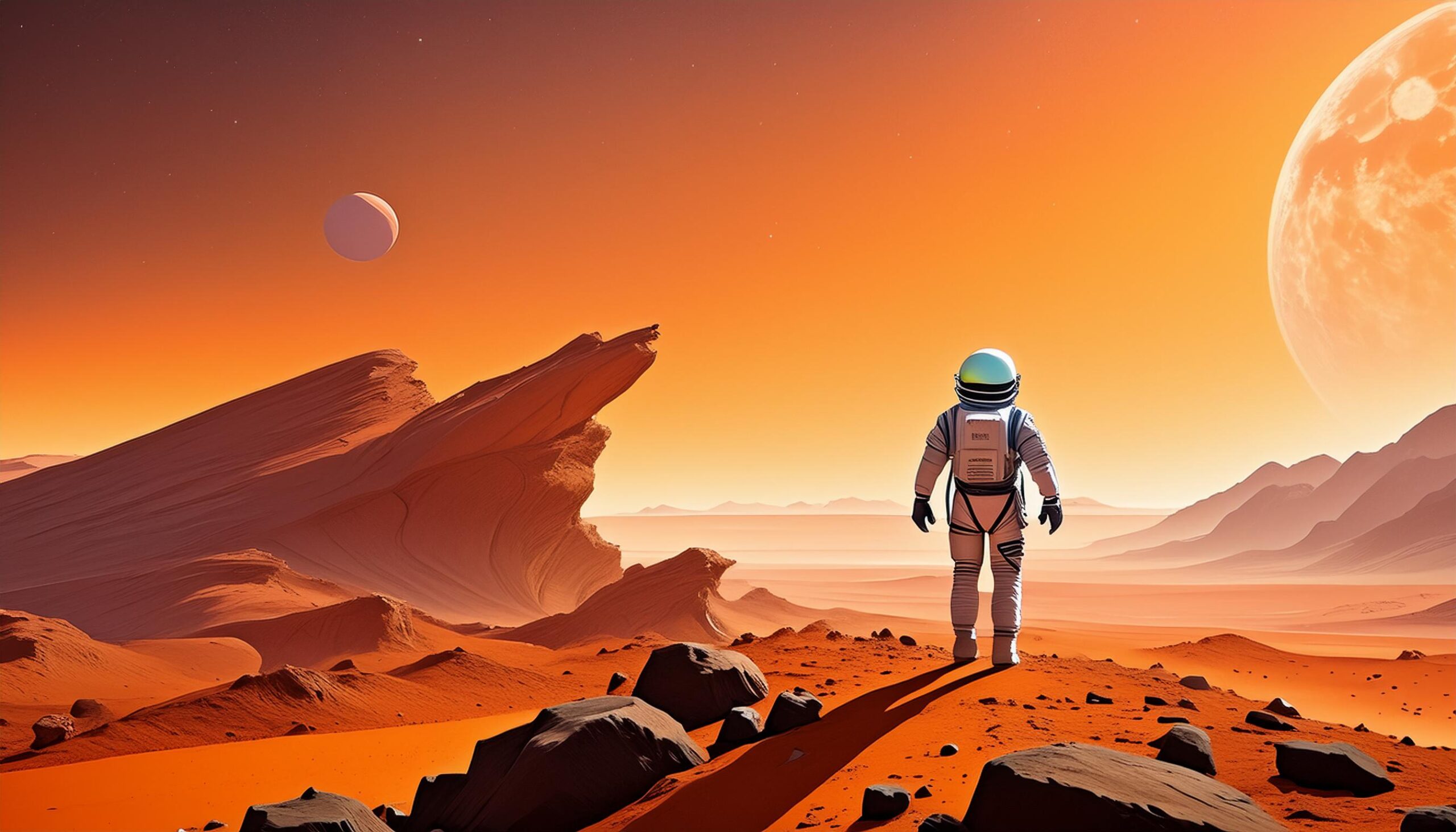Being an exploration of space means a lot to humanity, a product of our thirst for profundity and what we can do. The following new battlefield is Mars itself and even beyond, where crewed space missions, including the NASA Human Research Program (HRP) Mission, are being developed and implemented now with the ultimate goal of major space exploration. Through this blog post, we will take a look at an interesting future space exploration with a focus on Mars and beyond adventures and things like technologies, the problems that we can face, and opportunities that could arise from it.
Mars: The Next Giant Leap for Mankind
Mars Exploration Missions
Among the Planets, Mars, particularly has been the focus of intense study and effort to locate potential life forms and its distance from Earth has also been a source of such a continued interest in it. Countless missions have been settled to research the Red Planet, as such giving a better and more detailed understanding of surface features, atmosphere, and its possible relation to life.
Key Mars Exploration Missions
Mars Rovers: Through NASA’s Mars rovers, Spirit, Opportunity, and Curiosity, which have examined rocks and soil of the Red Planet, it was made possible to analyze the Martian surface, the geological and the history of the red one.
Mars Orbiters: The NASA Mars Reconnaissance Orbiter and one of the others have been exploring the Martian atmosphere, climate, and conditions on the ground through their observational experiments to support future missions.
Planned Missions: One of the next-generation Mars missions under NASA, the Mars 2020 mission, and the European Space Agency’s ExoMars mission will follow up on past missions’ exploration activities and support human mission preparation.
Challenges of Mars Exploration
Mars exploration poses numerous challenges, including Mars exploration poses numerous challenges, including:
Distance and Communication: Mars is millions of black space away from Earth and all communication with the Earth is ridiculously slow. That makes it hard to use rovers and another machine on the Martian plot on the move as well as in the precise control.
Harsh Environment: Mars is characterized by an asteroid-like atmosphere, high levels of temperature, and a very high level of radiation, which makes it difficult for the performance of human crews and equipment durability.
Resource Limitations: Missions to Mars require careful planning and resource management, as spacecraft must carry all necessary supplies, including fuel, food, and oxygen, for the duration of the mission.
Beyond Mars: The Future of Space Exploration
Interplanetary Travel
As technology advances, the possibility of interplanetary travel becomes more feasible. Concepts like SpaceX’s Starship aim to transport humans to Mars and beyond, opening up new possibilities for exploration and colonization.
Exoplanet Exploration
Beyond our solar system is vast, as there are billions of exoplanets with virtual certainty, many can sustain life-sustaining conditions. The launches of space-based missions like Kepler and TESS, prepared by NASA, are bringing hundreds of new stars into our observable universe with further detailed information about their structures.
Space Tourism

Recent developments in space tourism are removing the boundaries that previously prevented it from becoming a commercial reality. Companies operating spacecraft capable of carrying passengers to suborbital space, like SpaceX, Blue Origin, and Virgin Galactic, are rising. They deliver sightseers halfway to space, offering a unique perspective of the Earth from above.
Frequently Asked Questions
Why is Mars a key target for exploration?
Mars is a priority goal for exploration, as it may be able to support life and it has close similarities to the human observable Earth. The study of Mars contributes to our understanding of the formation of planets, happens under the influence of climate change, and reveals the possibility of life beyond the Earth.
What is the total time needed to be spent in space on the way to Mars?
The trip to Mars duration depends on how fast the flight is and the interaction of Mars and Earth’s orbits. The travel time approximately amounts to 6-8 months with the modern spacecraft technology but it can be done faster with the advanced ones.
What is the problem of residential life on Mars?
Many problems arise from enslaved people living on Mars, including hostile environmental measures, such as very low-temperature differences, the pressure of the atmospheric air, and high levels of radiation. However, the effect of isolation is another factor that makes replenishment missions a burdensome issue.
How are Mars rovers controlled from Earth?
Whilst on Mars, the rovers are run from Earth using both written-in-advance commands and live ones. Because of the distance between Mars and Earth, a large time lag, for instance, encounters for rovers is going to be inevitable in this case, consequently, they should be properly programmed in the way that they can work alone for prolonged periods.
What are the goals of future Mars missions?
The goals of future Mars missions include searching for signs of past life, studying the planet’s geology and climate, and preparing for future human exploration. These missions aim to expand our understanding of Mars and pave the way for future human missions to the Red Planet.
Conclusion
The future of space exploration is filled with excitement and possibility. Missions to Mars and beyond promise to expand our understanding of the cosmos and inspire future generations to reach for the stars. As technology advances and our knowledge grows, the possibilities for exploration are limitless, and the next giant leap for mankind may be just around the corner.

